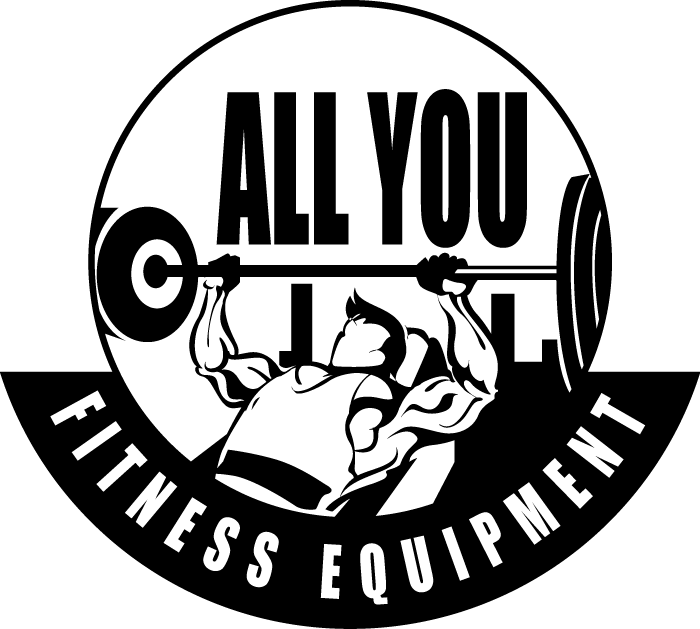The term’cardio’ is probably one of the first words you hear when you first start an exercise program. You know that cardio is an essential element of any workout, whether you want to shed weight, get fit, or just be healthier.
Health authorities recommend 150 minutes of cardio exercise per week to reduce health risks. If you want to drop a substantial amount of weight (greater than 5 percent of body fat ) and/or keep it off, you may have to do more than 300 minutes of moderate-intensity physical activity a week and that doesn’t even include strength training. Getting a deeper understanding of cardio exercise may be what you need to get motivated to do it a bit more often.
Cardio Exercise Definition
Cardio exercise simply means that you’re doing a rhythmic activity that raises your heart rate in your target heart rate zone, the zone where you are going to burn the most fat and calories. Even bouts (or episodes) as short as 10 minutes count towards your weekly cardio exercise minutes.
According to the 2018 Physical Activity Guidelines Advisory Committee,”episodes of any length contribute to the health benefits associated with the accumulated volume of physical activity.”
Benefits of Cardio Exercise
When you realize just how much cardio exercise can do for you, you may want to do some right now. There are very few activities you can do for a short period of time that have this many benefits. Some of the known benefits are:
- It helps you burn fat and calories for weight loss.
- It makes your heart strong so that it doesn’t have to work as hard to pump blood.
- It increases your lung capacity.
- It helps reduce your risk of heart attack, high cholesterol, high blood pressure, diabetes, and some forms of cancer.
- It makes you feel good, and can even provide temporary relief from depression and anxiety.
- It helps you sleep better.
- It helps reduce stress.
- It improves your sex life.
- It provides you more confidence in how you look and feel.
- Weight-bearing cardio exercise helps increase your bone density.
- It allows you to set a great example for your family.
And the great thing about cardio is that you don’t have to work out for an hour at a high-intensity to get the benefits. Even a little goes a long way. A 15-minute walk outside can boost your mood and help lower blood pressure.
Don’t feel like you have to have a lot of time and energy for cardio. Doing a little each day is better than doing nothing at all. With all the benefits laid out for you, it is time for the next step which covers exactly how to pick your cardio exercise.
Selecting A Cardio Exercise
Your first step in setting up a program is to figure out what kind of activities you’d like to do.
The secret is to think about what’s accessible to you, what fits your personality and what you’d feel comfortable fitting into your life. If you prefer to go outdoors, running, cycling, or walking are all good choices.
Just about any activity will work, as long as it involves a motion that gets your heart rate into your heart rate zone. Walking is always an excellent option. It’s something most of us can do on a regular basis and you don’t need fancy equipment.
If you prefer going to the gym, you have access to many more choices in the form of machines such as stationary bicycles, elliptical trainers, treadmills, rowing machines, climbers, the pool, and more.
For the home exerciser, you can, of course, buy your treadmill or elliptical trainer, but there are other great options like:
- Exercise videos
- Online exercises and workouts
- Fitness apps
A variety of home cardio exercises you can do like jumping rope, jumping jacks, running in place, burpees, and more.
You have so many options however, the trouble is, you may not know what you like. You may have to try several different activities before you find one that works for you.
This is the experiment we all have to take part in and it can be hit or miss so don’t be afraid to try something and, if it doesn’t work, move on to something else.

